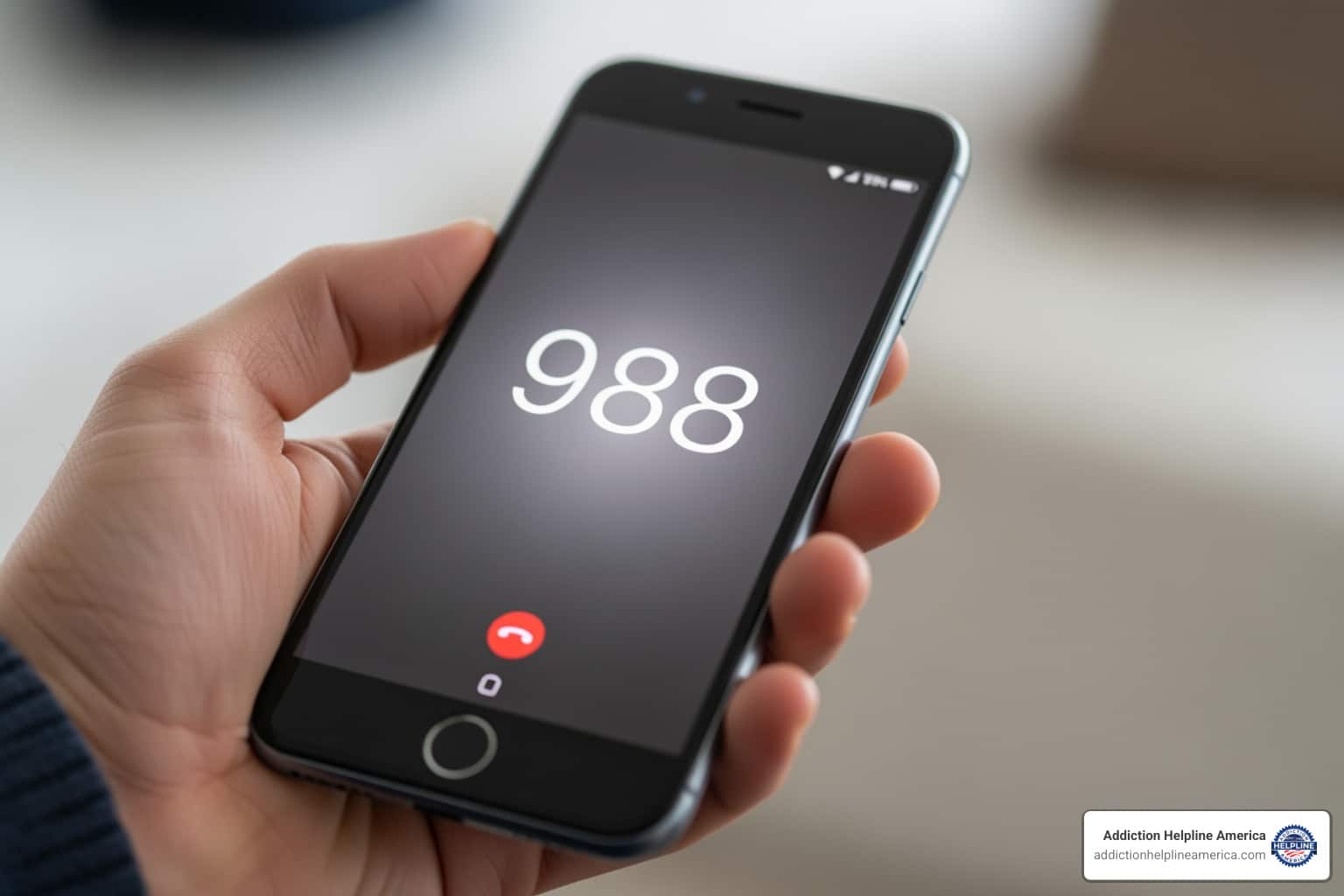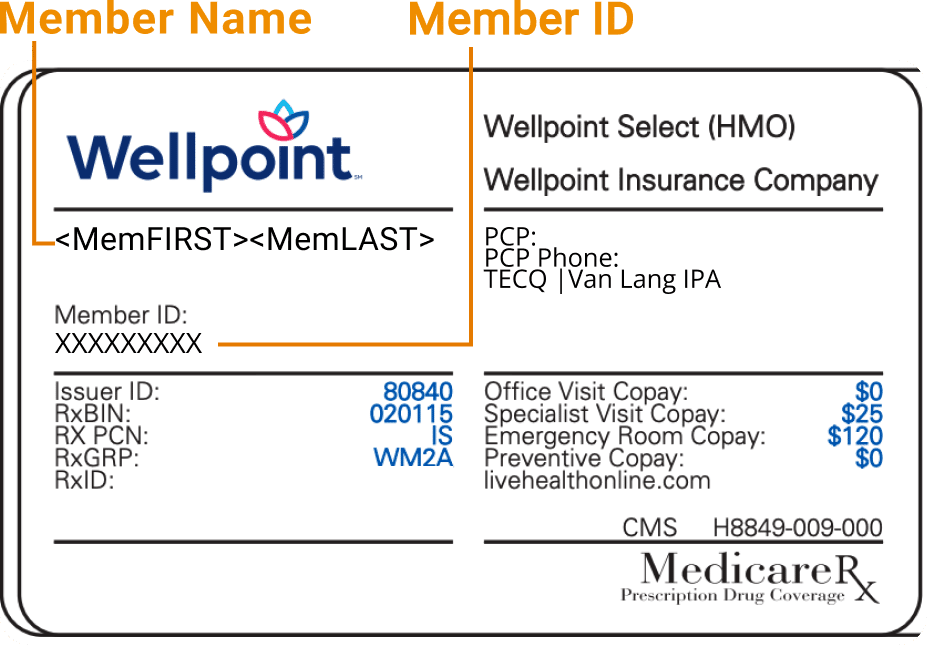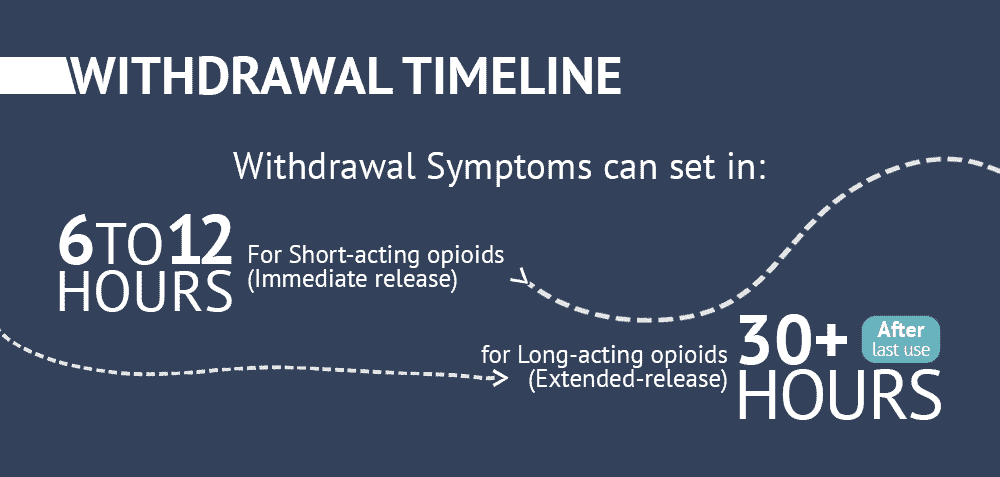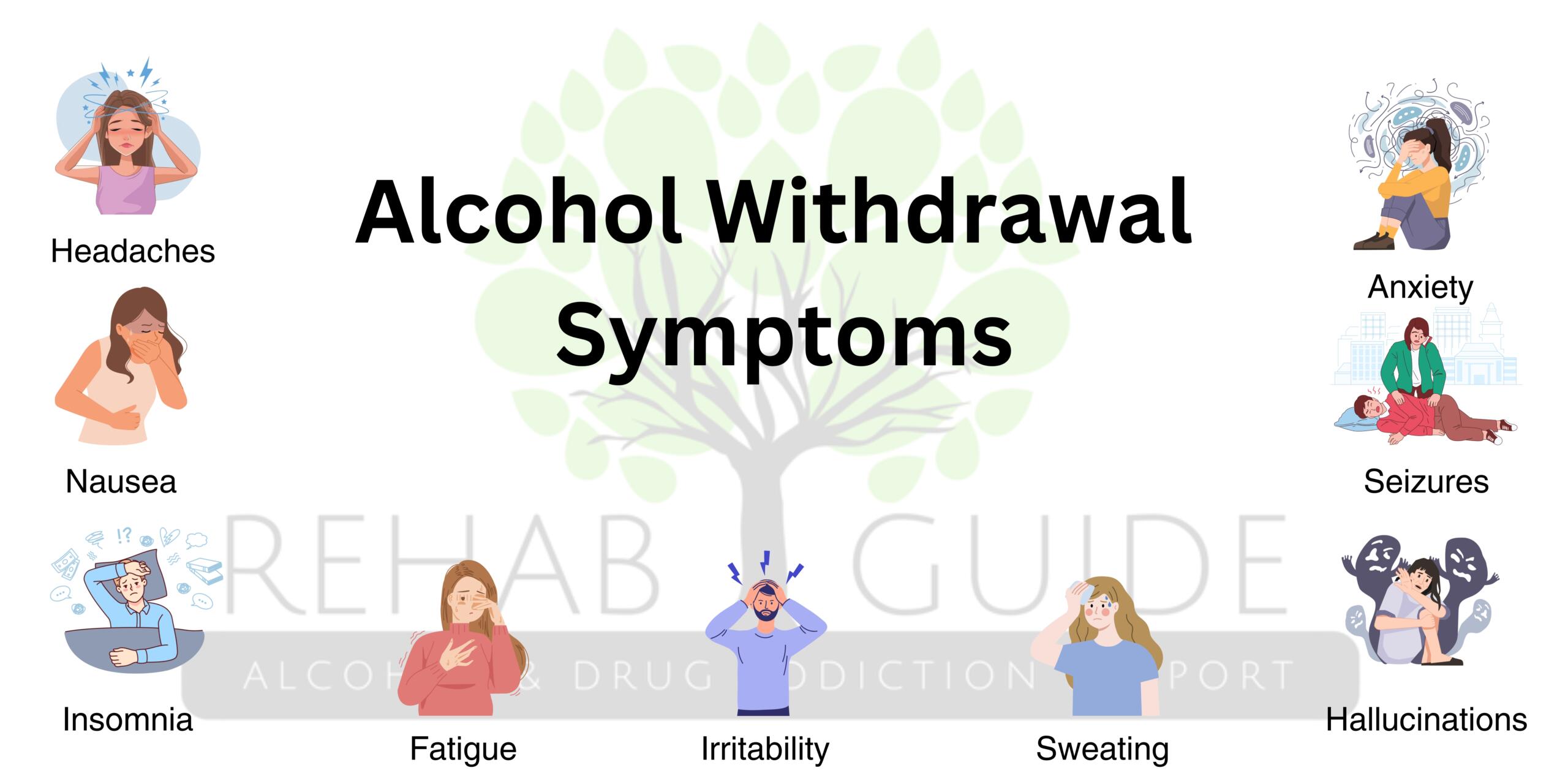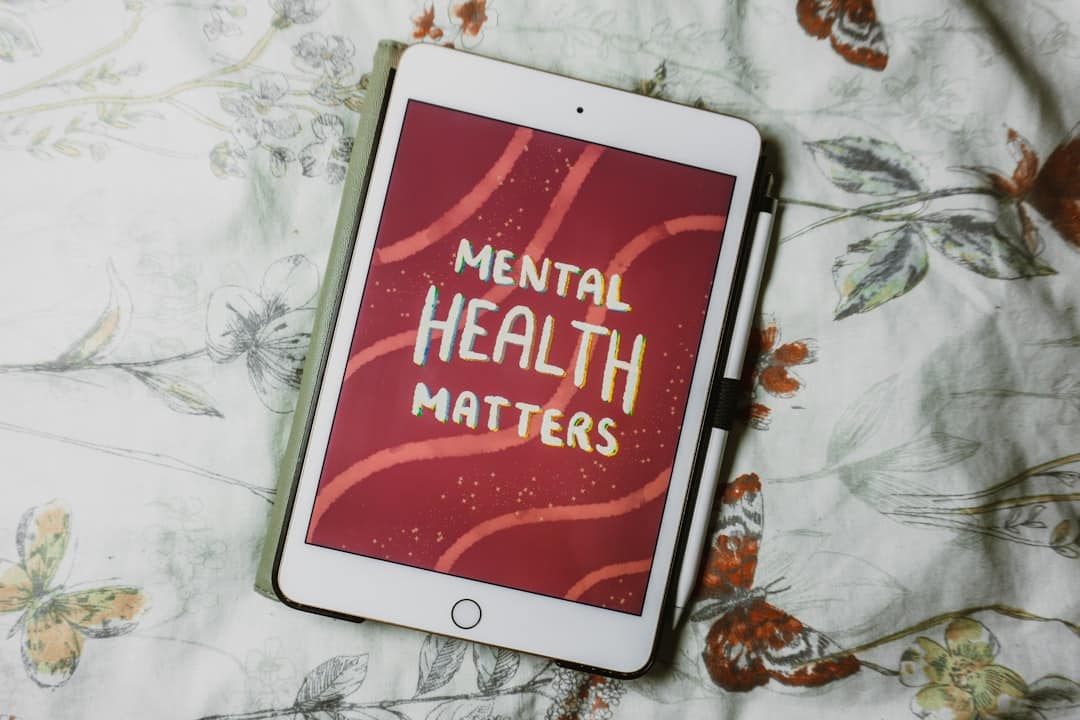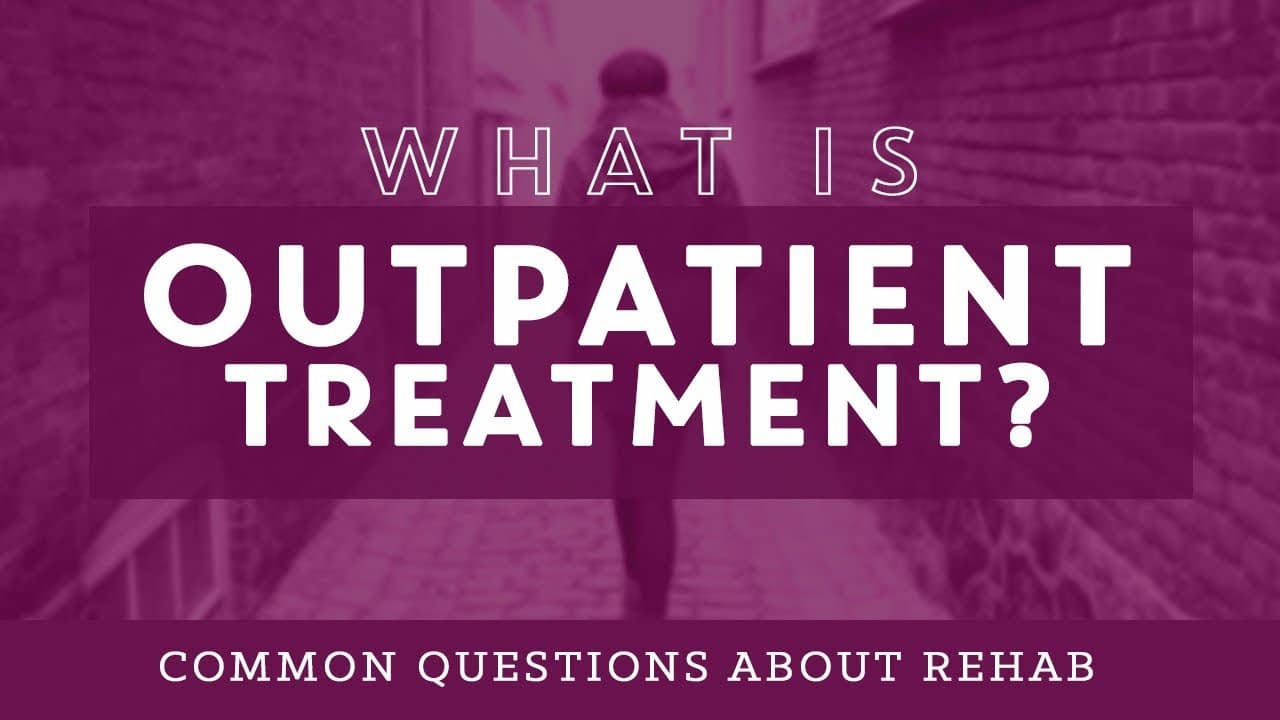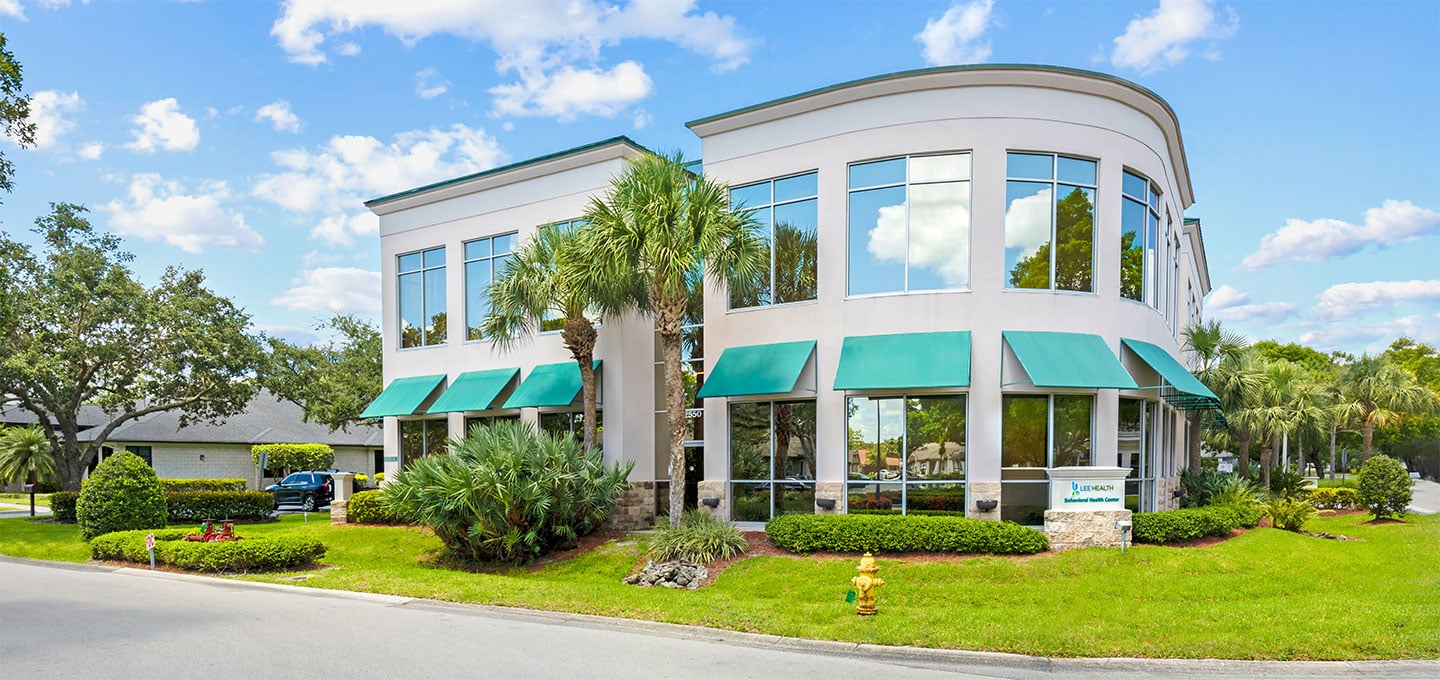
Understanding the Scope and Impact of Drug Abuse
Drug abuse is a widespread public health crisis involving the harmful use of substances like illegal drugs, prescription medications, and alcohol. This use damages physical and mental health, relationships, and overall quality of life.
Quick Facts About Drug Abuse:
- 48.5 million Americans (16.7% of people aged 12+) battled a substance use disorder in 2023
- Drug abuse is a treatable medical condition, not a moral failing
- Nearly 87,000 Americans died from drug overdoses in the 12-month period ending September 2024
- Only 23% of people who need substance use treatment actually receive it
- Genetics account for 40-60% of a person’s risk of addiction
The societal cost of drug abuse in the U.S. exceeds $700 billion annually from healthcare, lost productivity, and crime. Despite this, recovery is possible. Addiction is a treatable brain disease, and millions of Americans have successfully recovered.
The stigma surrounding drug abuse often stops people from seeking help. Many wrongly view addiction as a lack of willpower, but it’s a condition that changes the brain, making it extremely hard to quit. Understanding this is the first step toward compassion.
Addiction Helpline America connects individuals and families affected by drug abuse to the resources and treatment they need. Our specialists provide personalized, confidential guidance for your unique recovery journey.
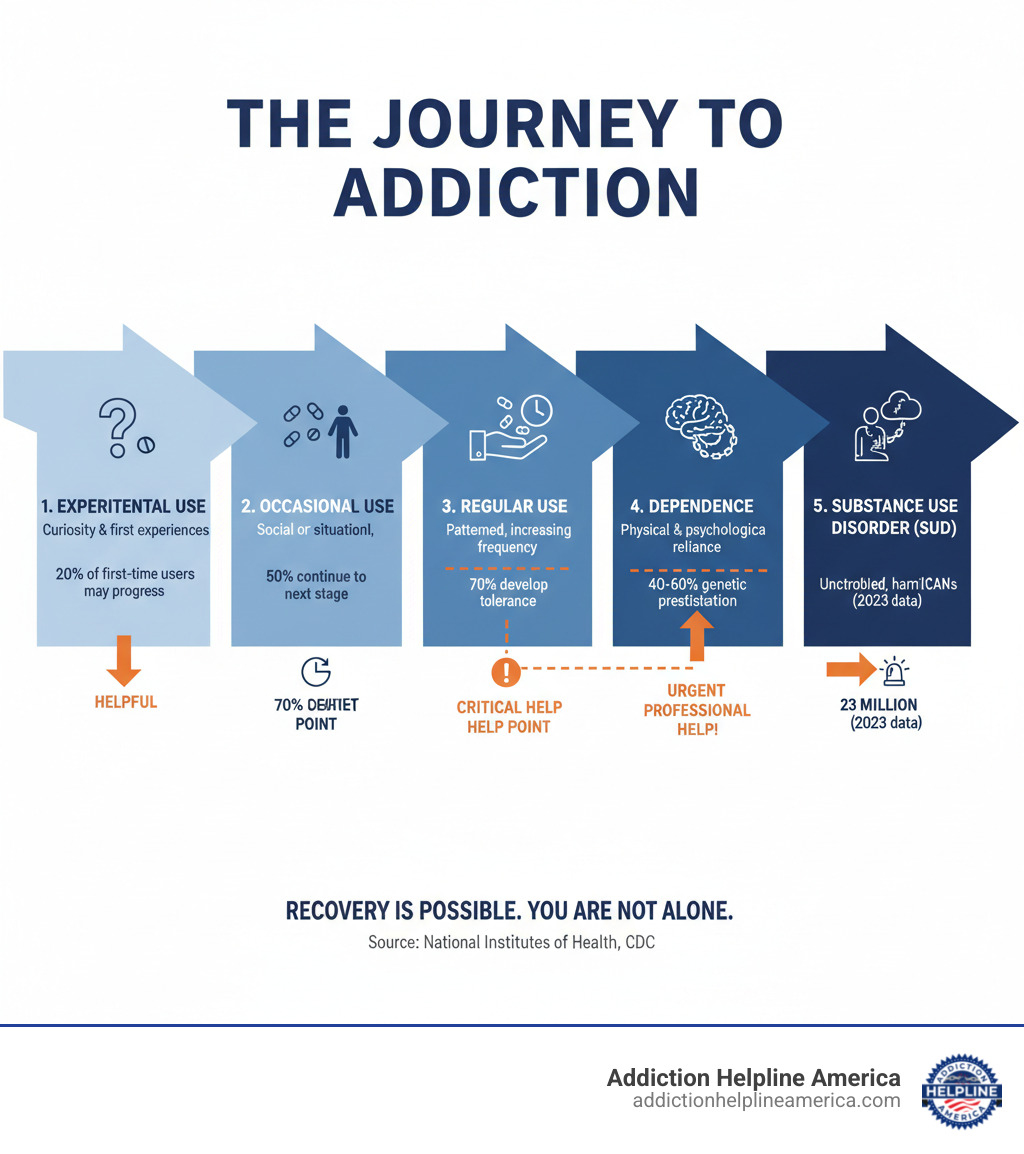
Simple drug abuse glossary:
Understanding Drug Abuse: Definitions, Signs, and Symptoms
The medical community now prefers the term “substance use disorder” (SUD) over “drug abuse” to reflect that it’s a complex medical condition, not a character flaw. The American Psychiatric Association’s DSM-5 defines SUD as a problematic pattern of use causing significant distress. Severity ranges from mild to severe.
Think of the progression this way: drug misuse is using a substance in a way it wasn’t intended (e.g., taking extra pain pills). Drug abuse (or SUD) is when misuse becomes a pattern causing real-life problems. Drug addiction is the most severe form, a chronic brain disease involving compulsive use despite devastating consequences.
Here’s how these categories compare:
| Category | Drug Misuse | Drug Abuse (Substance Use Disorder) | Drug Addiction (Severe SUD) |
|---|---|---|---|
| Definition | Using a substance in a way not intended or prescribed. | A problematic pattern of substance use leading to clinically significant impairment or distress. | Chronic, relapsing brain disease characterized by compulsive drug seeking and use despite harmful consequences. |
| Control | May still have control over use. | Diminished control over use. | Loss of control over use. |
| Consequences | Potential for harm, but not necessarily severe or chronic. | Negative impacts on health, relationships, work/school, and daily life. | Severe, persistent negative impacts across all life domains. |
| Diagnosis | Not a formal medical diagnosis. | Diagnosed based on DSM-5 criteria (2 or more symptoms over 12 months). | Meets 6 or more DSM-5 criteria, indicating severe impairment. |
| Outlook | Can often be corrected with education or behavior change. | Treatable, with recovery possible through various interventions. | Treatable, but often requires intensive, long-term care and management. |
What are the common substances of abuse?
Substances of abuse range from illegal drugs to prescription medications.
- Opioids: This class includes heroin, fentanyl, and prescription painkillers like oxycodone. They are highly addictive and cause the majority of U.S. overdose deaths.
- Stimulants: These increase alertness and energy. They include illegal drugs like cocaine and methamphetamine, as well as prescription medications like Adderall and Ritalin.
- Depressants: These slow brain activity and include alcohol, benzodiazepines (Xanax, Valium), and barbiturates. Alcohol is the most commonly abused legal depressant.
- Cannabis (marijuana): The most commonly used illegal drug in America. While many see it as harmless, millions struggle with marijuana use disorder.
- Hallucinogens: Drugs like LSD and psilocybin alter perception and thought. While not typically physically addictive, they can cause psychological distress and dangerous behavior.
- Inhalants: Volatile substances in household products like glue and paint thinners. They are extremely dangerous and can cause sudden death.
- Synthetic drugs: “K2/Spice” and “bath salts” are unpredictable and often life-threatening due to their varying chemical compositions.
Recognizing the Signs of Drug Abuse
Spotting drug abuse can be difficult, as people often try to hide it. Look for a combination of these signs:
Physical Changes:
- Neglecting personal appearance or hygiene.
- Unexplained weight changes.
- Bloodshot eyes, or pupils that are larger or smaller than usual.
- Frequent nosebleeds (from snorting) or track marks (from injecting).
- Slurred speech, tremors, or poor coordination.
Behavioral Changes:
- Increased secretiveness or evasiveness.
- Loss of interest in hobbies, school, or work.
- Sudden change in friends.
- Financial problems, borrowing money, or stealing.
- Unpredictable mood swings and changes in sleep patterns.
Psychological Symptoms:
- Increased anxiety, paranoia, or depression.
- Sudden personality shifts.
- Difficulty concentrating or remembering things.
- Lack of motivation.
- Denial that a problem exists, despite clear evidence.
If you see these signs, it’s time to have a compassionate conversation and encourage professional help. Addiction Helpline America offers free, confidential guidance to help you determine the next steps.
The Science of Addiction: Brain, Behavior, and Risk Factors
Drug abuse hijacks the brain’s reward system. Normally, activities like eating or socializing release a chemical called dopamine, creating pleasure and reinforcing survival behaviors. Drugs flood the brain with dopamine, creating a euphoric high that natural rewards can’t match.
With repeated use, the brain adapts by producing less dopamine or reducing its receptors. This means natural pleasures no longer feel rewarding, and the person needs the drug just to feel normal—a state known as tolerance. Soon, the body physically needs the substance to function, leading to dependence. If the person stops using, they experience painful withdrawal symptoms, creating a powerful cycle of use.
Research from the National Institute on Drug Abuse confirms that addiction is a brain disease that alters circuits for judgment, decision-making, and behavior control. It is not a moral failing.
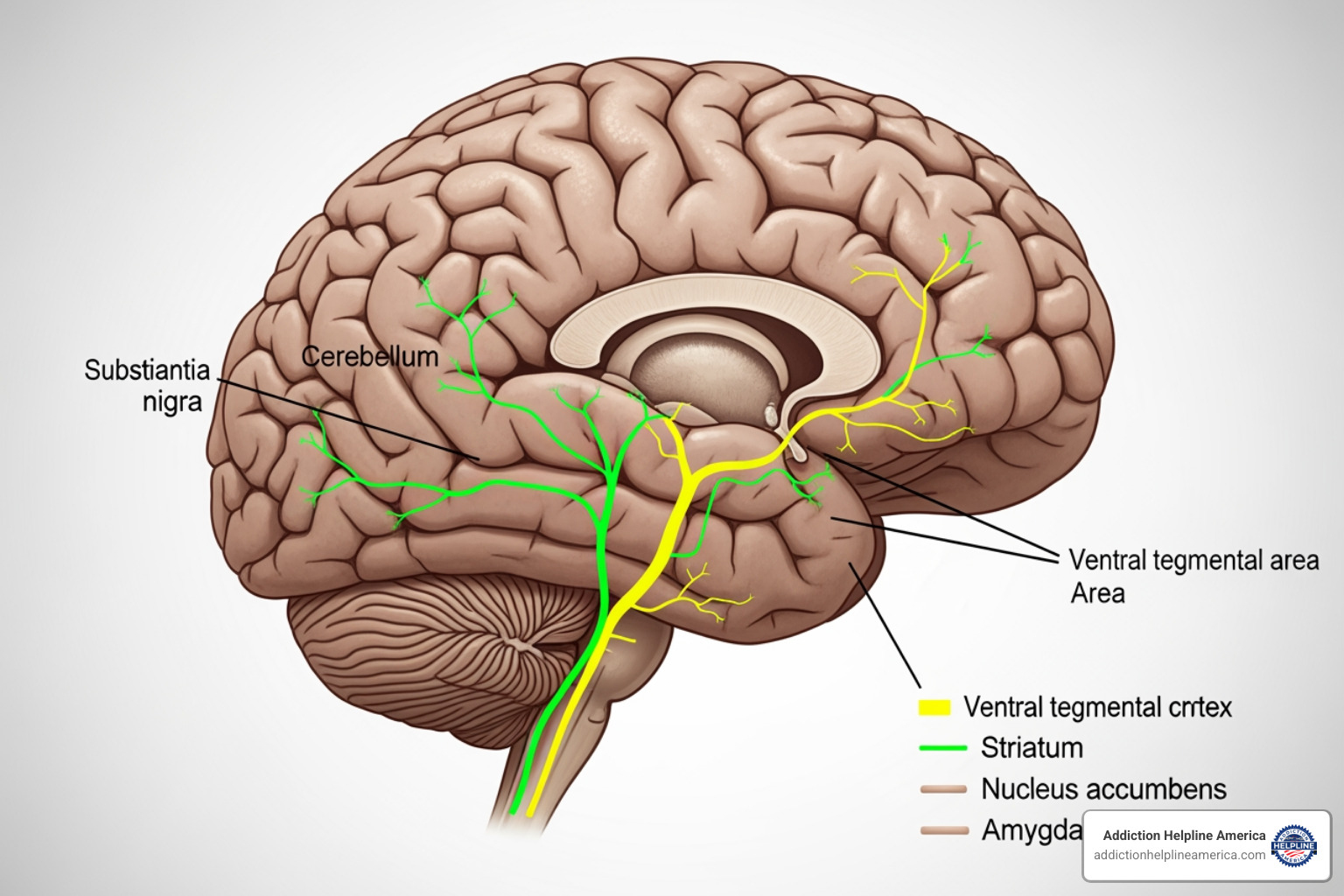
Causes and Key Risk Factors
No single factor causes addiction, but a combination of risks increases vulnerability:
- Genetics: Family history accounts for 40-60% of a person’s risk for addiction. It’s a predisposition, not a destiny.
- Environment: A chaotic home life, lack of parental supervision, peer pressure, and easy access to drugs all increase risk.
- Trauma: Adverse Childhood Experiences (ACEs) like abuse or neglect can lead people to use substances to numb emotional pain.
- Mental Health: About half of individuals with a mental illness like depression, anxiety, or PTSD will also experience a substance use disorder, often as a form of self-medication.
- Early Use: The adolescent brain is still developing, making it highly vulnerable. Over 90% of people with an addiction began using before age 18.
- Impulsivity: A tendency to act without thinking through consequences is a risk factor for experimenting with drugs.
Understanding these risk factors helps guide compassionate and effective treatment. Recovery involves addressing the underlying issues that made someone vulnerable.
The Consequences of Substance Use
Drug abuse has far-reaching consequences that affect every aspect of a person’s life, from their health to their relationships and community.
The immediate dangers include impaired judgment, which can lead to accidents, risky behaviors, and overdose. With potent substances like fentanyl often mixed into other drugs, the risk of a fatal overdose is dangerously high. Nearly 87,000 Americans died from drug overdoses in the 12-month period ending September 2024.
Long-term drug abuse wages a war on the body, causing:
- Organ damage: The liver, heart, and brain can all sustain lasting harm.
- Infectious diseases: Sharing needles or engaging in unsafe sex can spread HIV and Hepatitis.
- Mental health decline: Substance use can worsen existing conditions like anxiety and depression or trigger new ones, such as psychosis. It is a factor in about 30% of U.S. suicides.
- Other physical issues: Malnutrition, respiratory problems, severe dental issues, and a weakened immune system are common.

The Health and Social Complications of Drug Abuse
The damage extends beyond the individual, creating significant social and personal problems:
- Relationships: Trust erodes, communication breaks down, and families are torn apart by the emotional pain of addiction.
- Work and Finances: Job performance suffers, often leading to job loss. Financial instability, debt, and even homelessness can follow.
- Legal Troubles: Possession of illegal drugs, DUIs, and crime committed to fund a habit can lead to arrests and incarceration.
- Societal Cost: In the U.S., drug abuse costs over $700 billion annually in healthcare, lost productivity, and crime-related expenses.
These devastating consequences highlight the urgency of seeking help. At Addiction Helpline America, we know that treatment can interrupt this cycle. The damage may be significant, but recovery is possible.
Pathways to Recovery: Prevention and Treatment
Prevention and treatment are key to combating drug abuse. While treatment is crucial for those already struggling, prevention aims to stop substance use disorders before they start.
Prevention strategies are most effective when they involve families, schools, and communities. Key approaches include:
- Youth education that provides honest information about the risks of drug use.
- Family involvement to create a supportive environment and model healthy behaviors.
- Community programs that offer positive alternatives and address root causes like boredom or lack of opportunity.
- Early intervention by healthcare providers to identify and address problematic use quickly.
- Harm reduction strategies, like making the overdose-reversal drug naloxone available, to keep people alive while they are still using.

Finding Help: Treatment Options for Substance Use Disorder
If you or a loved one is struggling, know that recovery is possible and help is available. Treatment is not one-size-fits-all, and finding the right program is essential. Addiction Helpline America connects people to treatment centers across all 50 states, offering free, confidential guidance.
Common treatment components include:
Detoxification: A medically supervised process to safely manage withdrawal symptoms. We can help you find drug detox facilities and opiate detox facilities near you.
Behavioral Therapies: These help you understand the root causes of addiction and develop healthy coping skills. Examples include Cognitive Behavioral Therapy (CBT) and family therapy.
Inpatient and Outpatient Programs: Inpatient treatment provides 24/7 care in a residential setting, while outpatient programs offer flexibility to live at home during treatment.
Medication-Assisted Treatment (MAT): This approach combines medications (like methadone or buprenorphine) with counseling to reduce cravings and withdrawal symptoms, especially for opioid and alcohol use disorders. Learn more about what is medication-assisted treatment.
Support Groups: Groups like Narcotics Anonymous and Alcoholics Anonymous offer peer support and a sense of community. Family members can find help in groups like Al-Anon.
Relapse Prevention: Recovery is a lifelong journey. Learning to identify triggers and developing a plan for setbacks is crucial for long-term success. The prognosis for SUD is positive with the right treatment and ongoing support.
Your path to recovery starts with one step. Find a treatment center near you and let us connect you with the care you need.
Frequently Asked Questions about Drug Abuse
Here are answers to some of the most common questions about drug abuse and addiction.
What is the difference between drug misuse and drug addiction?
Drug misuse is using a substance in a harmful or unintended way, but where you may still have control. For example, taking more of a prescription pill than prescribed. Drug addiction, or Substance Use Disorder (SUD), is a chronic brain disease where use becomes compulsive and uncontrollable, despite negative consequences. The key difference is the loss of control.
Can you recover from drug addiction?
Yes, absolutely. Recovery is possible. Addiction is a chronic disease, like diabetes or asthma, meaning it requires long-term management rather than a one-time cure. Relapse can be part of the process, but it doesn’t mean failure. With effective treatment and ongoing support, millions of people build fulfilling, substance-free lives.
How can I help a loved one who is struggling with substance use?
Supporting a loved one is challenging but can make a huge difference. Here are key steps:
- Educate yourself: Understand that addiction is a disease, not a moral failing. This will help you approach the situation with compassion.
- Talk without judgment: Express your concern calmly and lovingly. Focus on specific behaviors and how they’ve affected you, rather than making accusations.
- Encourage professional help: Offer to help them find treatment. Addiction Helpline America provides free, confidential, personalized guidance to help you and your loved one find the right recovery program from our vast network of treatment centers nationwide.
- Set healthy boundaries: Do not enable their drug abuse by making excuses for them, covering up their mistakes, or providing money that might be used to buy drugs. Love doesn’t mean protecting them from the consequences of their actions—sometimes those consequences are what motivate change.
- Consider a professional intervention: If your loved one refuses to acknowledge their problem or seek help, a structured intervention, guided by a trained interventionist, can be a powerful catalyst for change.
- Get support for yourself: Supporting someone with addiction is emotionally exhausting. Join support groups like Al-Anon or seek individual counseling to help you cope. You can’t pour from an empty cup.
Remember this truth: you cannot force someone to recover. They have to want it for themselves. But you can offer unwavering support, guide them toward the resources they need, and be there when they’re ready to take that first step toward healing.
Conclusion
We’ve explored what drug abuse is, its signs, the science behind addiction, and its consequences. Most importantly, we’ve highlighted the many available paths to recovery.
The key takeaway is this: drug abuse and addiction are treatable medical conditions, not character flaws. Recovery is absolutely achievable. The brain can heal, and people can rebuild their lives.
If you or someone you love is struggling, you are not alone. Addiction Helpline America connects people in all 50 states with treatment centers that fit their unique needs. Our guidance is free, confidential, and personalized.
Recovery is happening every day. With the right treatment and support, you or your loved one can be one of the many success stories.
Ready to take the first step? Visit our dedicated treatment options page to learn more. Your journey to a healthier future can start today.
Our helpline is 100%
free & confidential
If you or someone you care about is struggling with drug or alcohol addiction, we can help you explore your recovery options. Don’t face this challenge alone—seek support from us.
Programs
Resources
Will my insurance
cover addiction
treatment?
We're ready to help
Find the best
drug or alcohol treatment
center
Are you or a loved one struggling with addiction? Call today to speak to a treatment expert.

